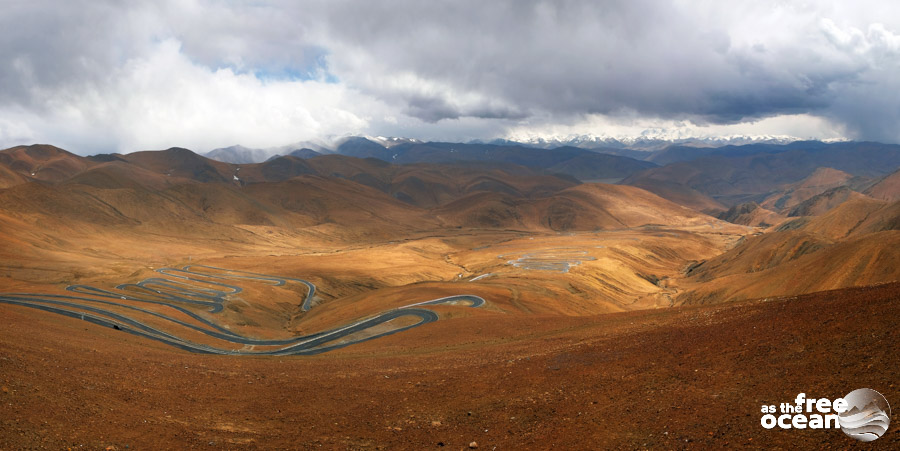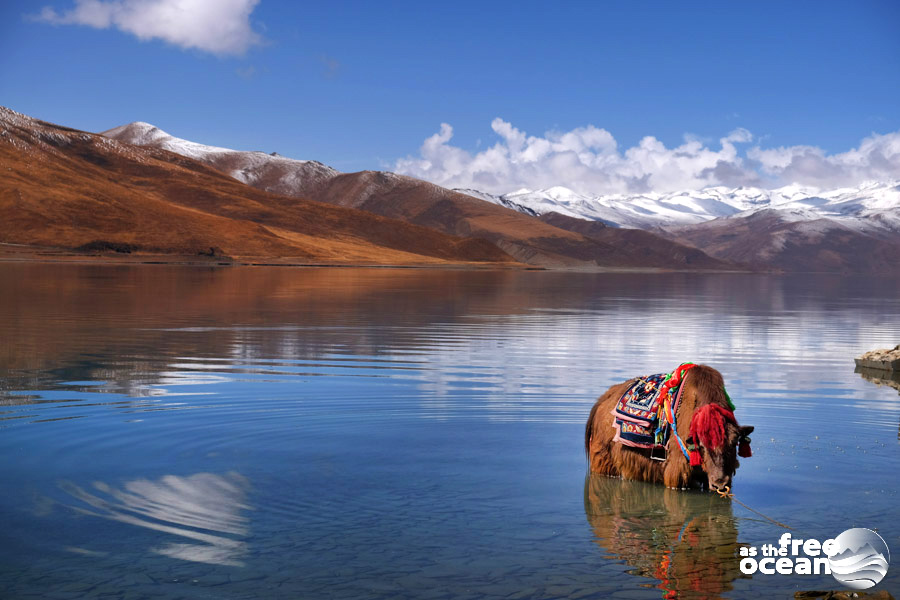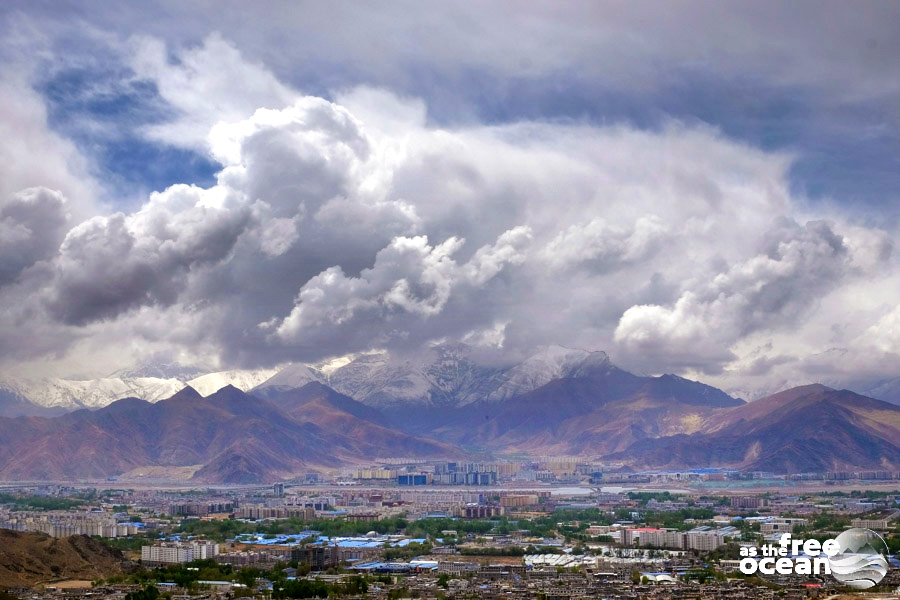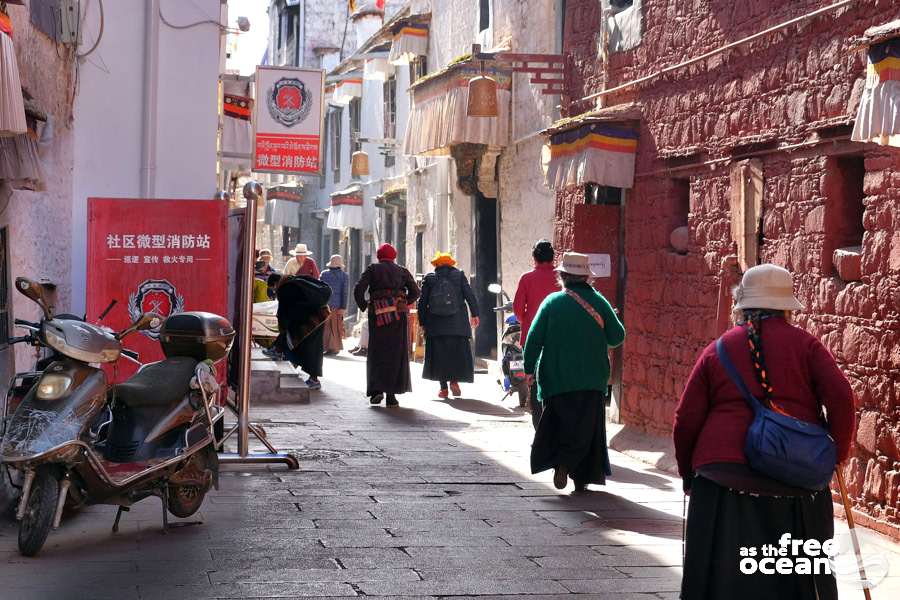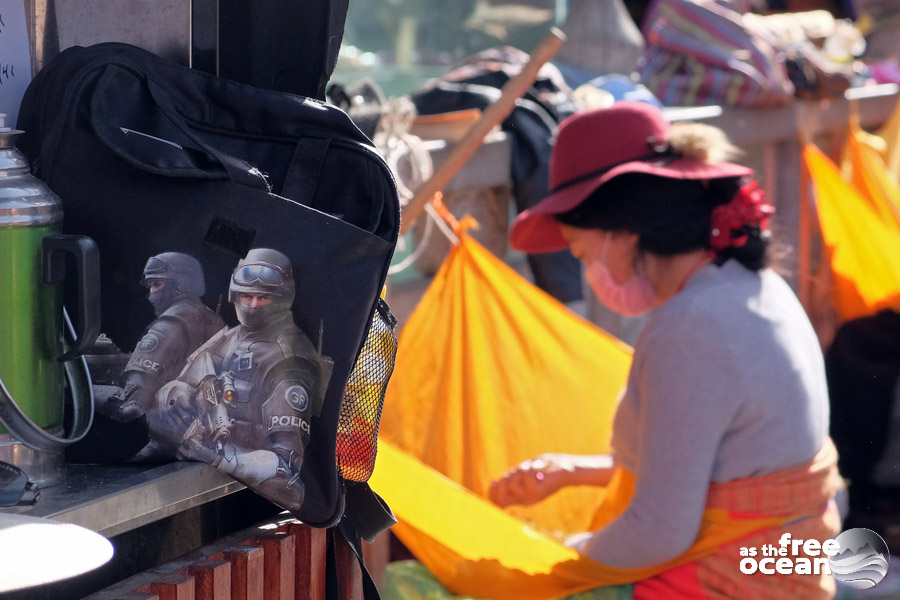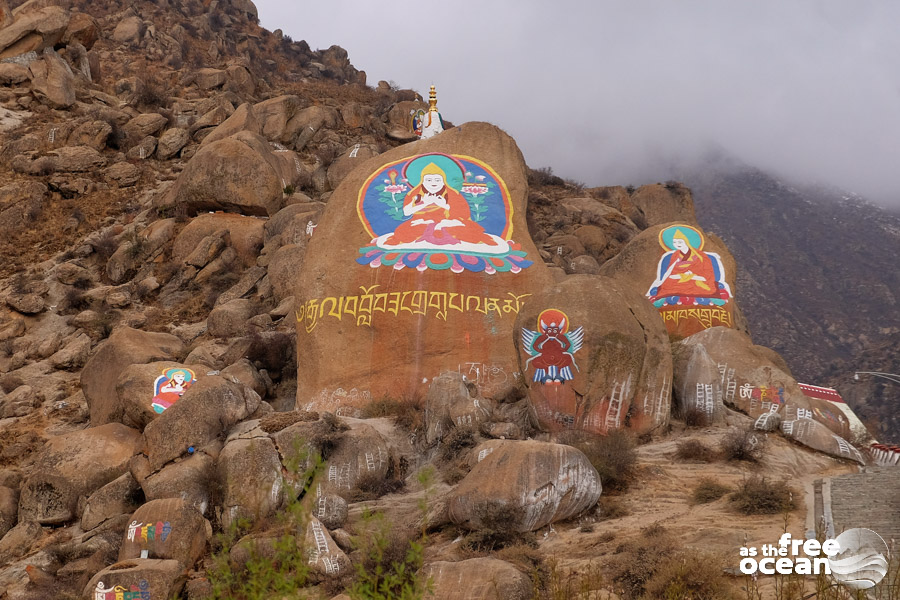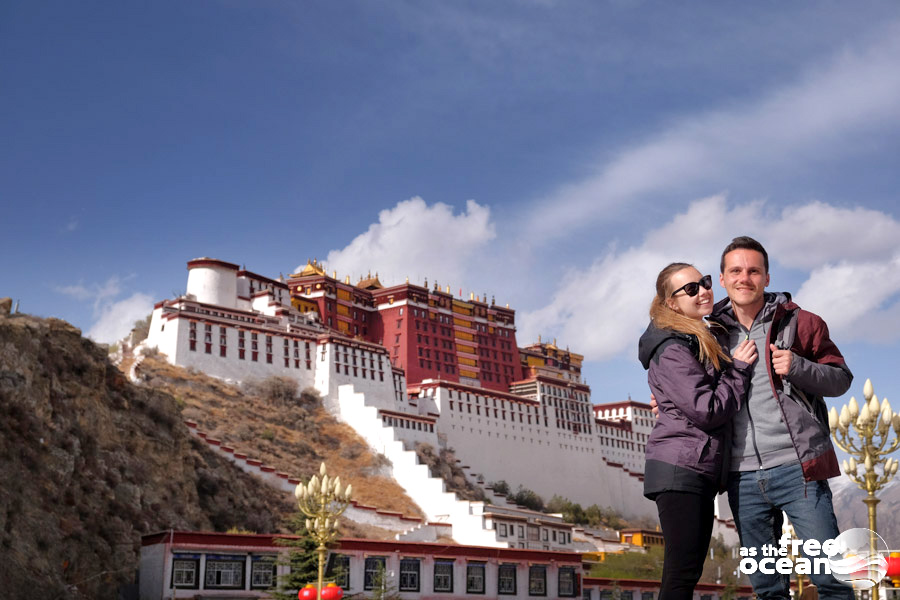Lhasa felt like an incredible place to be in, which we always wanted to discover. But exploring the ancient capital of Tibet was not the only big wish of ours. There was much more that we wanted to see and Lhasa happened to be just the start of our adventure in the Himalayas.
We wanted to cross from Tibet into Nepal and the best way to do so was by going over the mountains, following the approximately 800 km long “Highway of Friendship” that connects the capital of Tibet with the Nepalese border.
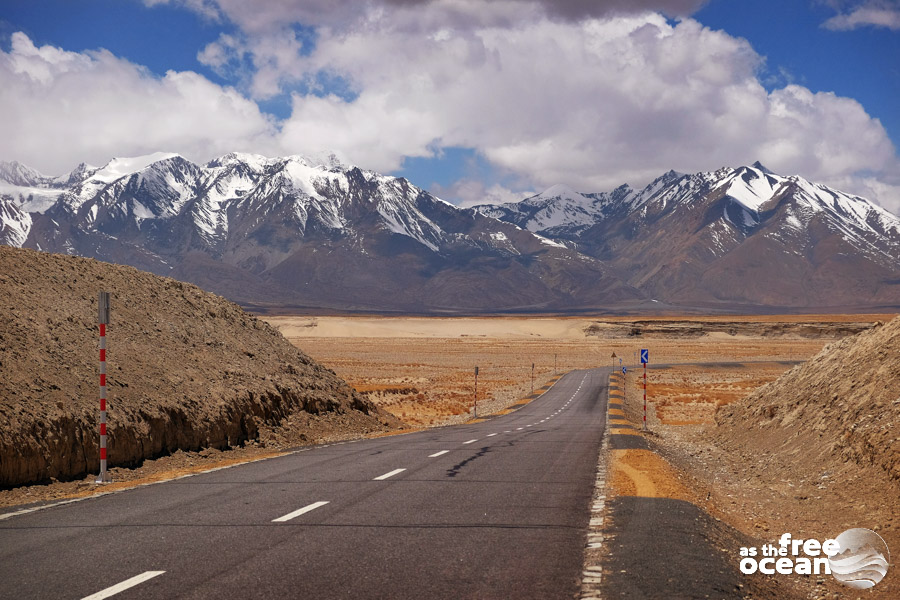
We already spent almost four days exploring the streets of Lhasa and learning about local traditions and how Buddhism shaped people’s beliefs and influenced their history.
On the fifth day after our arrival in Lhasa, we went to find out and understand more of what life feels like when surrounded by the highest mountains in the world. We discovered impressive landscapes at our arrival in Tibet, but the journey across the Plateau was about to surprise us with even more spectacular views.
The Tibetan Plateau
Our group left Lhasa early in the morning and we drove over the Gangbala Pass (4790 m) to the Yamdrok Lake. We continued along the lake’s side and stopped for a picture of the beautiful Mt. Naiqinkangsang reflecting in the clear waters of the lake. During our stay in Lhasa, the weather still felt warm, but at this point in the trip, we could already feel the cold winds and touch the snow.
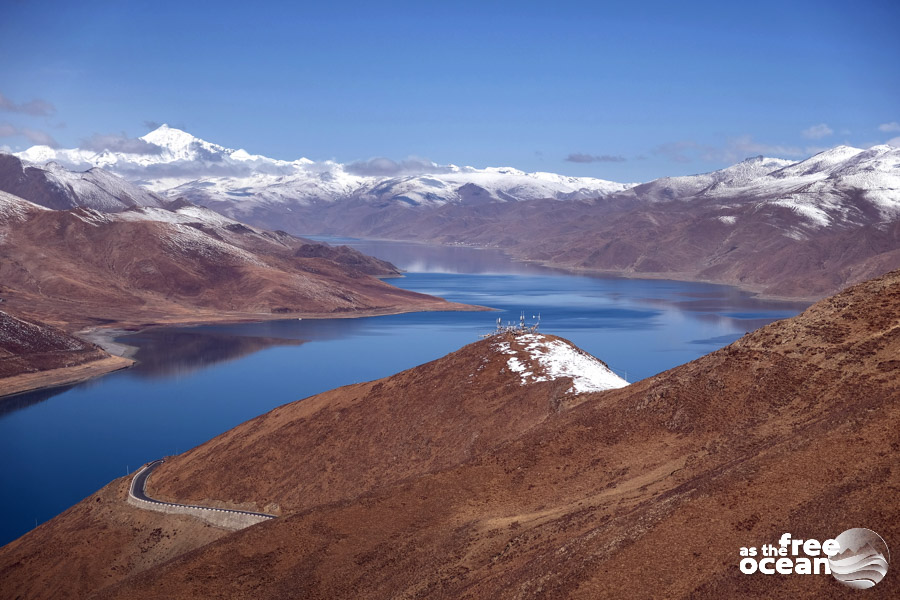
While the highway across Tibet is the result of modern engineering, traditions and religion are also present for as far as the road is stretching. Praying flags can be seen everywhere, making it obvious that people’s beliefs are strong and their spirit still rules over these lands.
Two hours later we reached another important point, the Korola Glacier which we could admire from the roadside. It isn’t a big glacier but still an impressive one to admire as it climbs down the mountain at 300 m close to the viewpoint. Its white peak against the blue sky, overlooking the small stupa at the bottom and the yaks that roam freely in the surrounding valley offer a beautiful and typical Himalayan landscape.
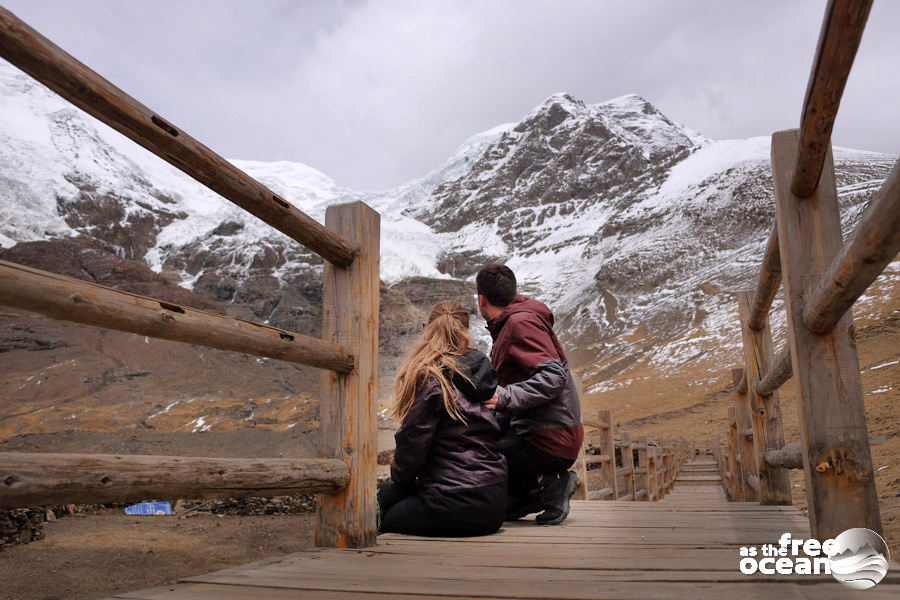
Shigatse, home of the Panchen Lama
The road led us to Gyantse, where we could admire the beautiful fortress that resembles a smaller version of the Potala Palace.
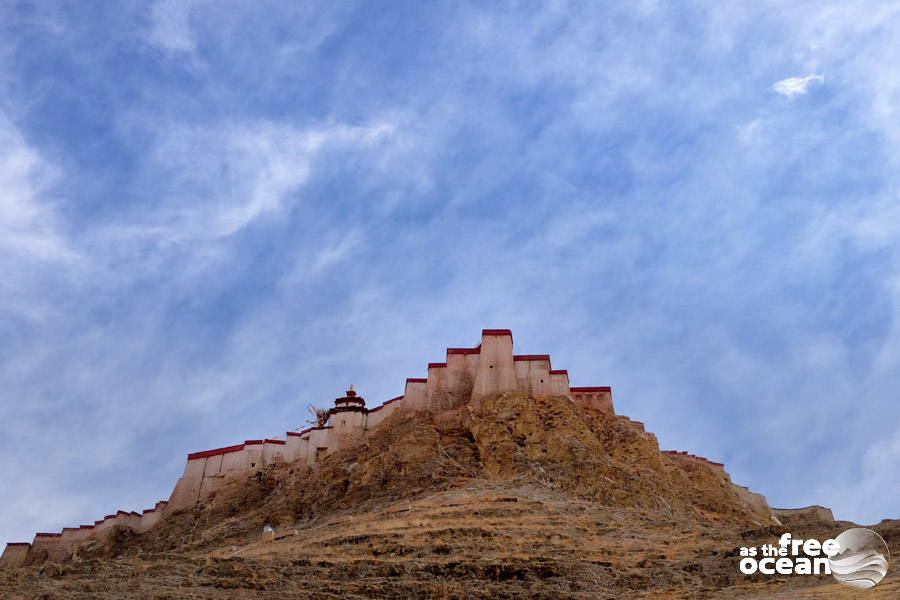
As we were getting closer to the end of the day, we rushed to Shigatse, where we were the last ones to enter the Tashilhunpo Monastery. We considered ourselves blessed for having the chance to witness the chanting of the monks. The experience was truly impressive and the joy of being part of that religious ceremony was beyond words, as tourists are usually not allowed inside the monastery during these rituals.

At the end of the day, we were rewarded with a delicious Tibetan dinner and a good sleep, before the start of our most exciting day in Tibet.
The Himalayan Mountains in Tibet
The following morning we continued our ascension towards the Tsola Pass(4600 m) and later to the Gyatsola Pass(5248 m), arriving in the afternoon at the Kyawula Pass(5180 m) where we were rewarded with the most impressive view over the Himalayan Mountains. The most extraordinary of all, the Everest (or Qomolangma, as it is known to the Tibetan people), was eclipsed by heavy clouds but later in the evening, we would be offered another chance to admire its imposing presence.
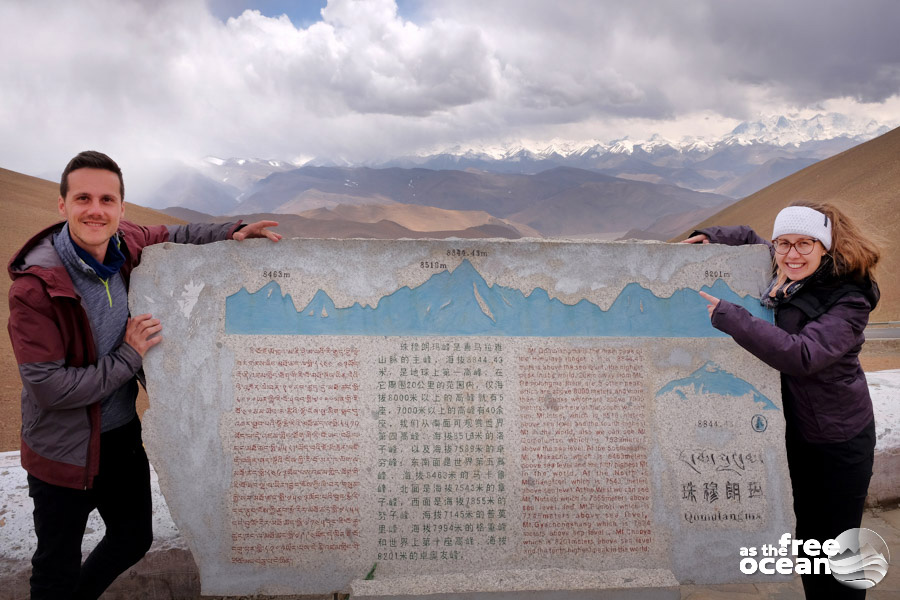
A zigzag road brought us to the Everest Base Camp, at 5200m altitude. We left our backpacks in the room of the Rongbu Monastery Guesthouse, where we would spend the night, and climbed the hill that was separating us from the Base Camp, from where we watched the heavy clouds revealing the peak of the highest of the mountains of the world, the Everest. It has been such a spectacle, waiting in the cold for the mountain to reveal itself while the sun went down, leaving behind golden light traces over the peak.
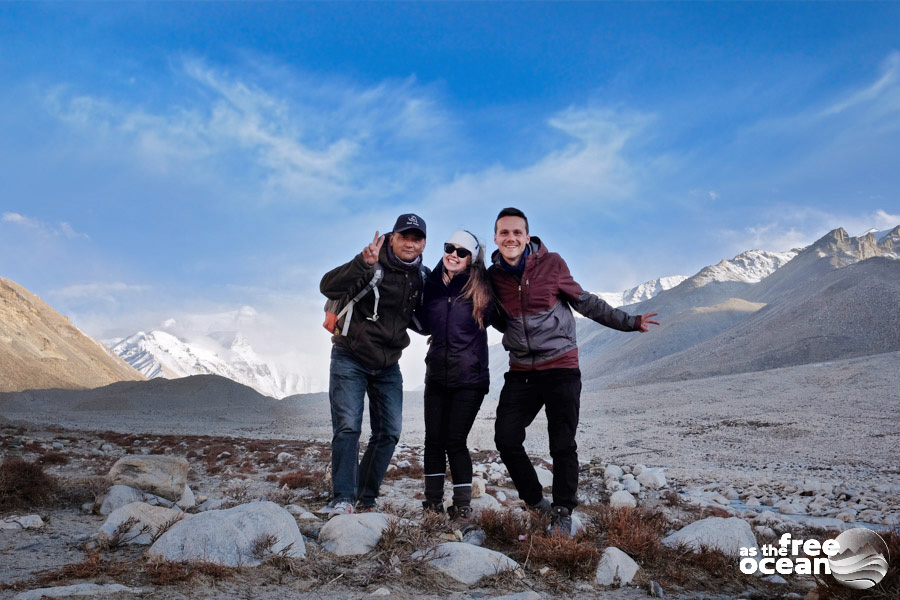
Later we found shelter in the cave of the Rongbu Monastery, the highest monastery in the world, where we’ve been welcomed by two monks that gave us their blessing, before returning to the guesthouse as the night took over the entire valley.
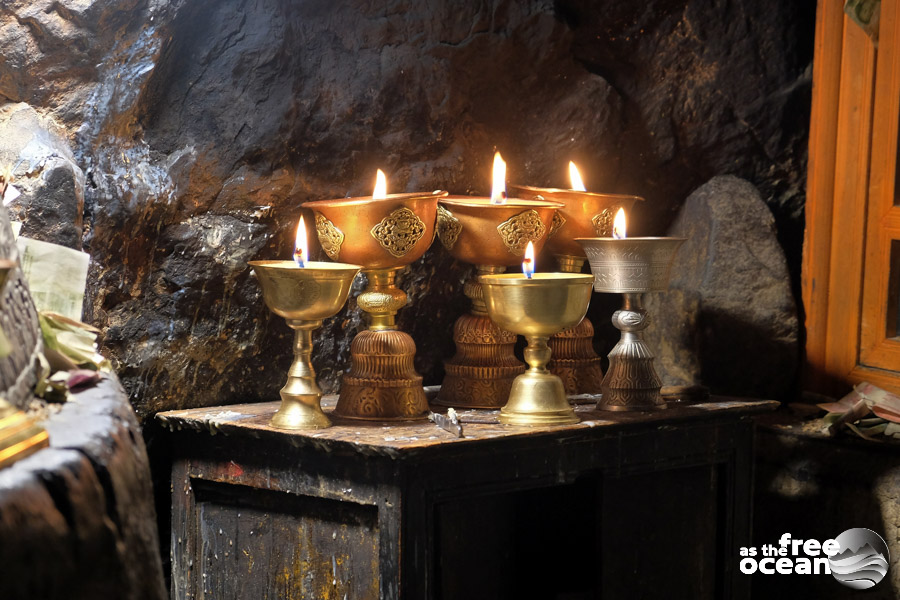
The room at our accommodation was simple. There was no running water, no toilet (except the traditional squat toilet found in most places in Tibet, which is usually just a hole in the ground), no heating system… but it featured a Wi-Fi connection. There are also tents available at the Base Camp, that are being put up from April to November.
We kept the warm jackets on that night, hiding from the cold under a thick quilt. Temperatures at the base of Everest can easily drop under zero degrees even in summer, so it is wise to keep extra warm layers close by.
In the following morning, we found frost flowers on the windows, through which we could admire once again the Everest that was silently looking over the valley. It has been an experience full of beautiful and overwhelming emotions that we find hard to describe.
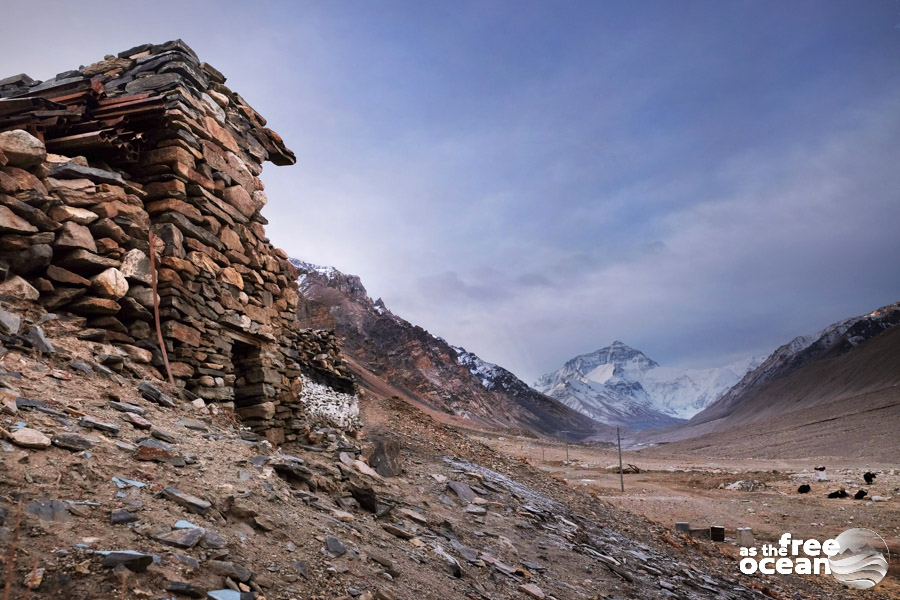
Our journey through Tibet continued towards the Ghungtang Lhamo (5236 m), along the Pekutso Lake, with a short stop to admire the Shishapangma Mountain and ended later in the afternoon at the Kyirong border.
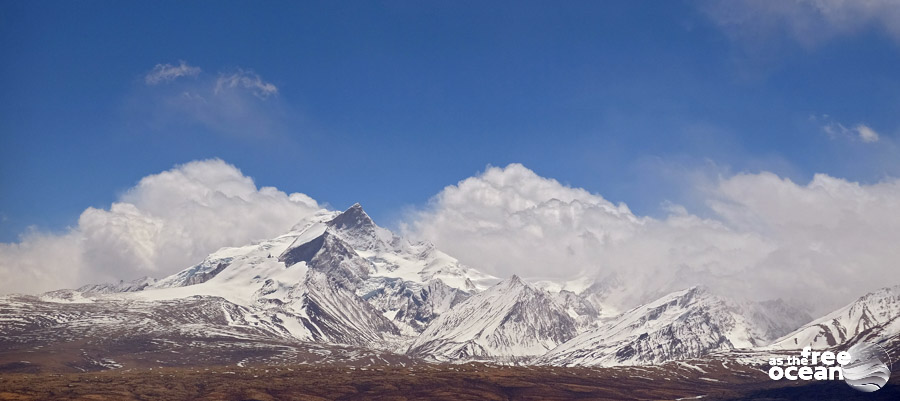
It was the end of our 7th day in Tibet. We had the last dinner with our guide Jigme and went early to sleep, as in the following morning we would cross the border into Nepal and continue our trip towards another ancient capital of the world, Kathmandu.
See more pictures of our journey in Tibet by clicking here.

